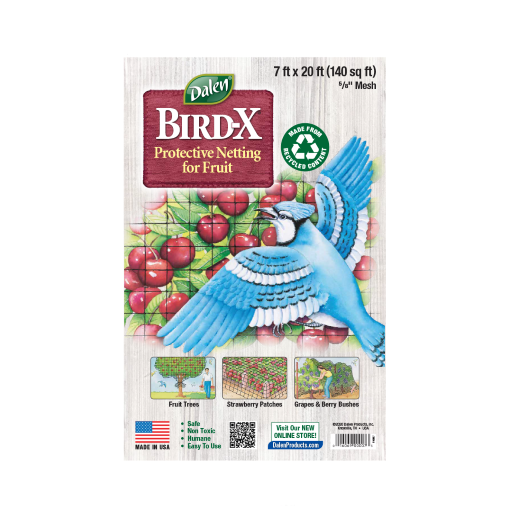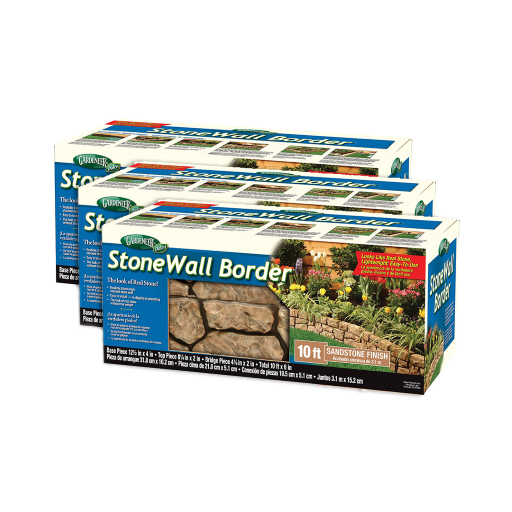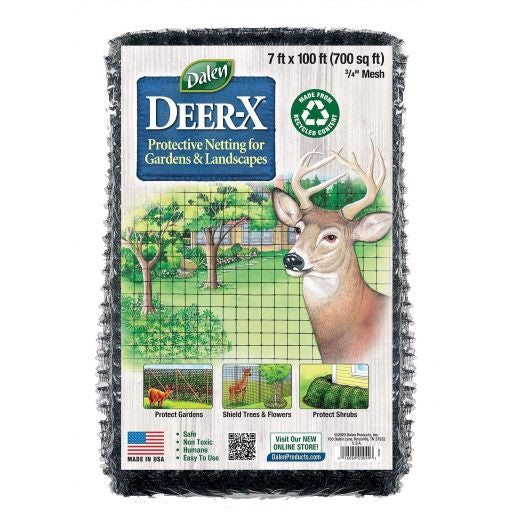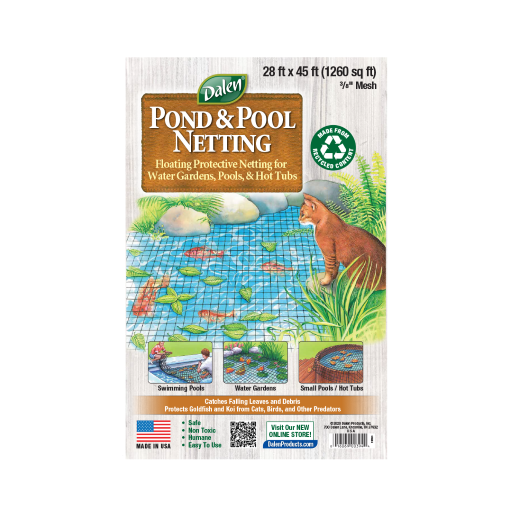
A crucial element to successful gardening is understanding your planting environment. That’s why it’s essential to know your planting zone and which plants will most likely thrive in your region based on local climate conditions. Whether you’re a gardening pro or just developing a green thumb, understanding planting zones increases your chances of growing a vibrant, healthy garden.
If you’re wondering, “What is my planting zone?” You’re in the right place. We’re here to walk you through the essentials of planting zones, how to take advantage of them, and how to adapt to local variations and microclimates.
What Are Planting Zones?
Knowing what planting zones are can help you understand a planting zone map. Planting zones, also known as hardiness zones, are geographic areas defined by climatic conditions, especially the minimum winter temperatures a region experiences. These zones help you determine which plants are most likely to thrive in your area so you can have a better growing experience.
The planting zone map was initially created to help farmers, gardeners, and landscapers reduce the risks of blind planting by providing a scientific basis for predicting plant survival. By knowing your planting zone, you can make informed decisions about what to plant and when to ensure better garden growth and survival.
The USDA Hardiness Zone Map
The map was developed by the United States Department of Agriculture (USDA) and divides the country into 13 different planting zones. Each zone is determined by an annual range of average minimum winter temperatures in a specific area. The zones are classified by a 10° temperature variation and further subdivided into “a” and “b” categories. The colder and warmer halves of the zone are separated by 5° ranges.
For example, Zone 1 is the coldest planting zone with a minimum average temperature of -60℉ to -50℉ (-51.1℃ to -48.3℃). When broken down further, Zone 1a is -60° to -55°, and Zone 1b is -55° to -50°.

How to Read the USDA Hardiness Zone Map
The USDA Hardiness Zone Map is fairly easy to understand. Each planting zone has its own color and is separated by the average range of annual minimum temperatures, making it easier to identify the different spaces.
If you’re wondering, “What planting zone am I in?” We’re here to help. Just follow these simple steps.
- Locate your region on the map.
- Identify the color or shade representing your area.
- Check the color on the map key to find your zone based on the color or shade.
Once you understand your planting zone, you can pick plants best suited for your local climate.
Why Planting Zones Matter
Planting zones help predict plant survival and growth. Since plants have different temperature tolerances, you want to know that whatever you’re planting can grow well in your area. For example, a plant suited for Zone 5 may not survive the winter in Zone 3 due to colder temperatures. On the other hand, a plant from zone 9 might fail in zone 6 because it needs warmer conditions year-round.

Factors Influencing Planting Zones
In addition to the average minimum winter temperatures, several other climatic factors influence planting zones.
- Frost dates: The last spring frost and first fall frost dates influence growing season lengths. Anything you plant must be hardy enough to withstand these frost periods or be planted after the last frost and harvested before the first.
- Precipitation: Rainfall can affect plant health and soil moisture levels. Some plants thrive with constant moisture, while others need drier conditions to grow.
- Elevation: Areas with higher elevations tend to have cooler temperatures, which impacts their planting zone classification. However, elevation can create microclimates with different growing conditions even within the same geographic area.
- Latitude: Being closer to the equator affects average temperature and daylight hours. Regions closer to the equator tend to have more consistent temperatures and longer growing seasons than areas farther away.
Understanding how these factors impact your planting zone helps you interpret your zone better and make more informed gardening choices.
Using Planting Zones to Plan Your Garden
Now that you understand your planting zone map, here are some helpful tips for using it to plan a successful garden.
- Research plants: When considering what to grow, look for plants rated for your specific zone. This information is usually found on plant labels and seed packets, but you can also reference gardening books and online resources to get more details on what you want to plant.
- Stagger planting times: Plan your planting schedule based on your zone’s frost dates to increase growth and harvest. Planting too early or late can result in poor growth or crop failure.
- Use protective measures: To extend the growing season for borderline plants, try using mulch, cloches, or row covers. This can help protect them from frost, wind, and other environmental stressors.
Don’t forget to consider plant-specific needs like soil type, sunlight requirements, and water needs. You can create a vibrant, thriving garden by matching these needs with the conditions in your planting zone.
Popular Plants for Different Zones
Here are some popular plants to grow in each planting zone.

Choosing plants that are well-suited to your planting zone increases the likelihood of a flourishing garden. It also lets you enjoy various plants, from colorful flowers to bountiful fruit and vegetables.
Adjusting for Microclimates
Microclimates are small areas within your garden with slightly different conditions than the surrounding area. Factors such as buildings, bodies of water, and variations in terrain can create microclimates. Here’s how to adjust for them.
- Identify microclimates: Observe your garden throughout the year to spot areas with different temperatures and moisture levels. Factors like sunlight and wind patterns can create microclimates.
- Select plants accordingly: Use hardy plants in exposed areas and more tender plants in protected microclimates. For example, plant frost-sensitive plants near a south-facing wall that retains heat.
- Modify the environment: Use windbreaks, mulch, and shade or extra water to support diverse plantings. Raised beds and well-placed structures can help you manage microclimates effectively.
By utilizing microclimates, you can create a more dynamic and resilient garden, allowing you to grow a wider variety of plants and optimize their growth conditions.
Embrace Your Zone With the Planting Zone Map
Whether you're a novice gardener or an experienced horticulturist, following planting zones can significantly enhance your gardening success. By utilizing the USDA Hardiness Zone Map, considering climatic factors, and adjusting for microclimates, you can choose plants that will thrive in your garden.
Remember to continually observe and adapt to your local conditions, as gardening is both a science and an art. Once you know what to plant according to your planting zone, let Dalen help you protect each plant with our exceptional products. We can’t wait to help your plants thrive. Happy gardening!













